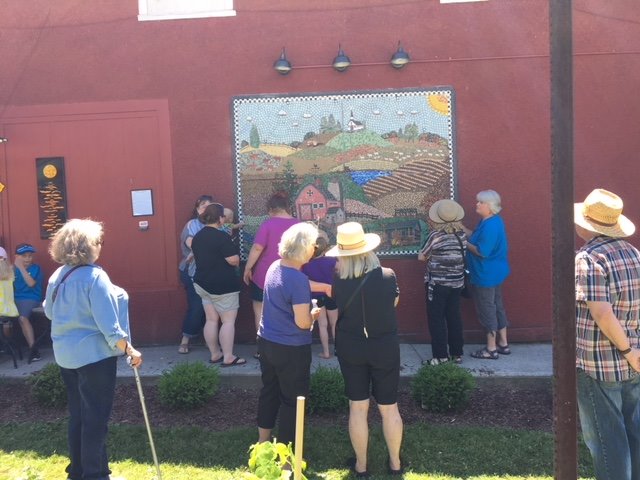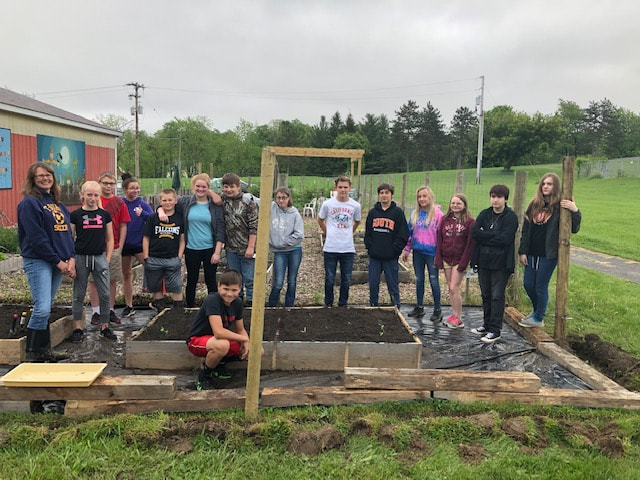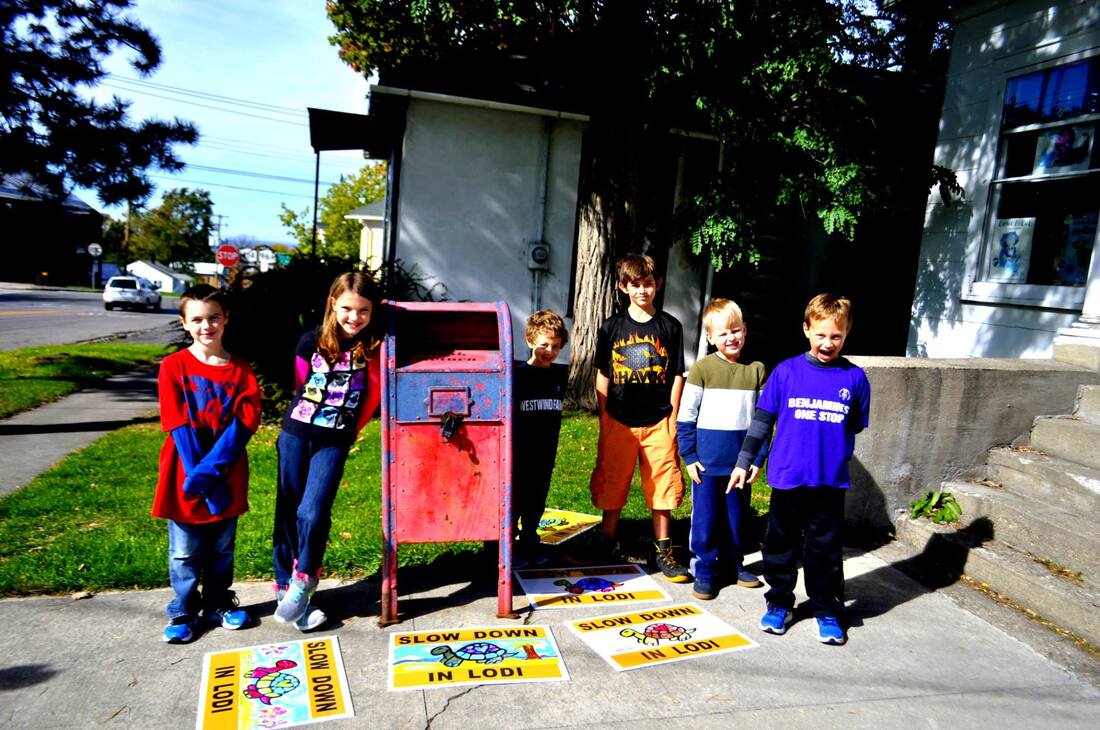STEPS - Seneca Towns Engaging People for Solutions is a resident-driven community health project funded by our partners at the Greater Rochester Health Foundation. For updated information on events, please visit the program's website at http://www.senecasteps.org/
Community members working together to improve community health. Working together, the STEPS Neighborhood can achieve a higher level of Social, Educational, Physical and Economic health. Do you have an idea that could help improve our community? Our projects are resident-driven and include the Ovid Community Garden, Cooking Classes for healthier living, Community Book Boxes, programs for the youth in our area as well as Community Collectives which connect volunteers to community organizations that need help. Everyone who lives, learns, works or plays in the towns of Covert, Lodi, Ovid or Romulus are part of STEPS. We would love to have more residents join in our activities and share your ideas for community improvement. We look forward to having you join us!
Contact us:
STEPS Office 607.403.0069 OR [email protected]
Theresa Lahr, Project Coordinator
[email protected]
Lynne Doyle, Community Engagement Specialist
[email protected]
Kristin Parry, Outreach & Media Specialist
kristin.parry@s2aynetwork.org
Dale Pemberton, Community Business Mentor
dale.pemberton @s2aynetwork.org
Contact us:
STEPS Office 607.403.0069 OR [email protected]
Theresa Lahr, Project Coordinator
[email protected]
Lynne Doyle, Community Engagement Specialist
[email protected]
Kristin Parry, Outreach & Media Specialist
kristin.parry@s2aynetwork.org
Dale Pemberton, Community Business Mentor
dale.pemberton @s2aynetwork.org





